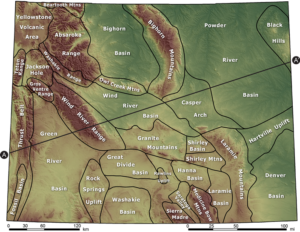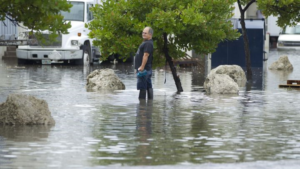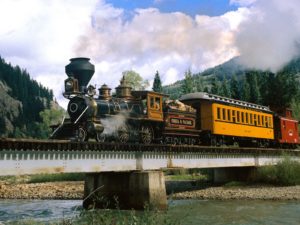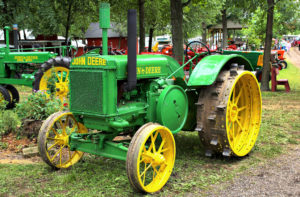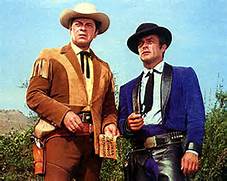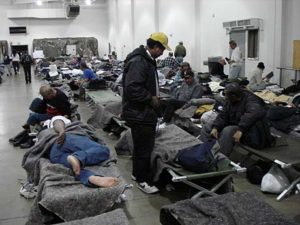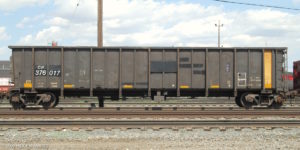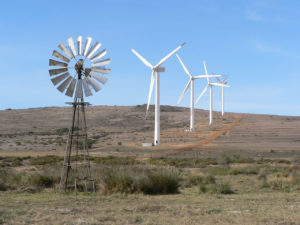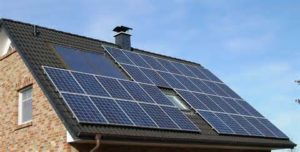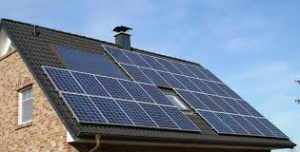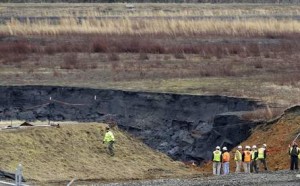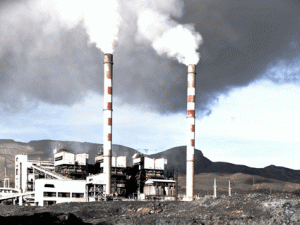Weird Wyoming
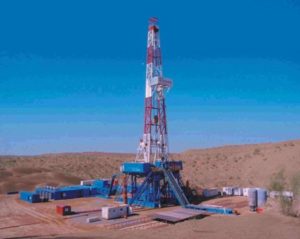 Along with having the entire atmosphere pass through the state in any 24 hour period, Wyoming has some other attributes beside the wind. I like Wyoming for its diversity and the fact it doesn’t have too many people. The diversity also extends to the geology. Prairie in the east, Devil’s Tower and the beautiful country around there to some of the most spectacular alpine country anywhere, even if the mountains are lower than ours in Colorado. Oh, and Yellowstone, our first National Park.
Along with having the entire atmosphere pass through the state in any 24 hour period, Wyoming has some other attributes beside the wind. I like Wyoming for its diversity and the fact it doesn’t have too many people. The diversity also extends to the geology. Prairie in the east, Devil’s Tower and the beautiful country around there to some of the most spectacular alpine country anywhere, even if the mountains are lower than ours in Colorado. Oh, and Yellowstone, our first National Park.
I especially like the deserts, like the Great Divide Basin, aka the Red Desert, a depression rimmed by the Continental Divide. Yellowstone is the largest and most dangerous volcano in the country. There is coal, iron ore, oil and gas, uranium, and trona, to name a few. Those resources are a double edged sword, leading to a boom and bust economy. Ranching just soldiers along, but it is a hard way to make a living.
A good portion of the economy comes from Greens (Coloradans, known for their green license plates). It’s the topography that draws me. Rivers flowing north, through mountain ranges, fed by hot springs. A range of hills known as the gas hills, where methane comes out of the ground. Mountain ranges running north and south as God intended, but the Snowy Range runs east-west and is the boundary between the ancient island arcs known as Colorado and the much more ancient Wyoming Craton.
The Wyoming Craton has some of the oldest rocks in North America, sharing the antiquity with the Canadian Shield. Ages vary but are around 2.6 to 2.8 billion years old. The oldest rocks in Colorado are around 1.7 billion years old and arrived as an island arc smashing into Wyoming, much as Indonesia and the Philippines are headed to Asia.
Wyoming has had a lot of activity down deep, shoving mountains up and sliding them around. That pushing and shoving means areas where oil and gas get concentrated in the bends and corners, thus all the oil patch work there. There is a lot of coal. The Union Pacific got its coal right near the tracks, and there is a tremendous amount of coal in the Powder River basin. Coal is out of favor now, so Gillette is hurting, people leaving.
The reason Wyoming got famous is for two reasons, unruly Indians and the livestock business. There was a lot of Indian fighting in the middle of the nineteenth century, what with the Oregon Trail crossing the region. When the Indians were whipped, all that empty country became home to cattle and sheep. The livestock people still hold most of the political power – they also have oil and gas leases, so they aren’t very environment friendly. Lots of cowboy legends came out of the place.
My favorite things are the rivers running through mountain ranges. The textbook example are the Wind and Bighorn rivers. They got their names because early explorers didn’t realize they are the same stream bisected by the Hot Springs Mountains. The Bighorn flows south through Thermopolis and its hot springs and roses into a beautiful narrow canyon. The Wind River flows out of the canyon. The river was there, the mountains came up, and the river (rivers?) stayed in the same place, cutting the canyon as the uplift occurred.
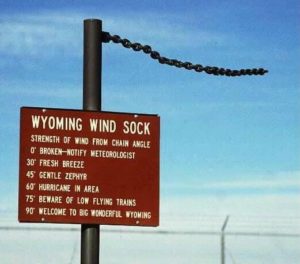 Do I need to say the Wind River is aptly named? Years ago in Colorado Springs I met a bicyclist doing a ride across the country. He came across Wyoming. He looked at me and in awe said, “The Wind”. He rode into the wind all across the state. Another time I was driving from Laramie to Fort Collins after dark. It was Christmas time and the ground blizzard was in full song. I saw a VW bus along the road near Tie Siding. In conditions like that, you stop. The occupant was from Australia and said “I’ve never encountered weather like this.” It was around zero with 50 mph wind. The VW had quit, probably a frozen gas line, and his wife got a ride into town to get help. Shock and awe. I just laughed and saw he was OK. You know about the Wyoming Wind Gauge. It’s a length of heavy chain hanging from a post.
Do I need to say the Wind River is aptly named? Years ago in Colorado Springs I met a bicyclist doing a ride across the country. He came across Wyoming. He looked at me and in awe said, “The Wind”. He rode into the wind all across the state. Another time I was driving from Laramie to Fort Collins after dark. It was Christmas time and the ground blizzard was in full song. I saw a VW bus along the road near Tie Siding. In conditions like that, you stop. The occupant was from Australia and said “I’ve never encountered weather like this.” It was around zero with 50 mph wind. The VW had quit, probably a frozen gas line, and his wife got a ride into town to get help. Shock and awe. I just laughed and saw he was OK. You know about the Wyoming Wind Gauge. It’s a length of heavy chain hanging from a post.
There is usually a Jackalope colony nearby.
There are three books I recommend:
Rising From the Plains, John McPhee; Roadside Guide to Wyoming Geology; and Wyoming Geologic Highway Map
